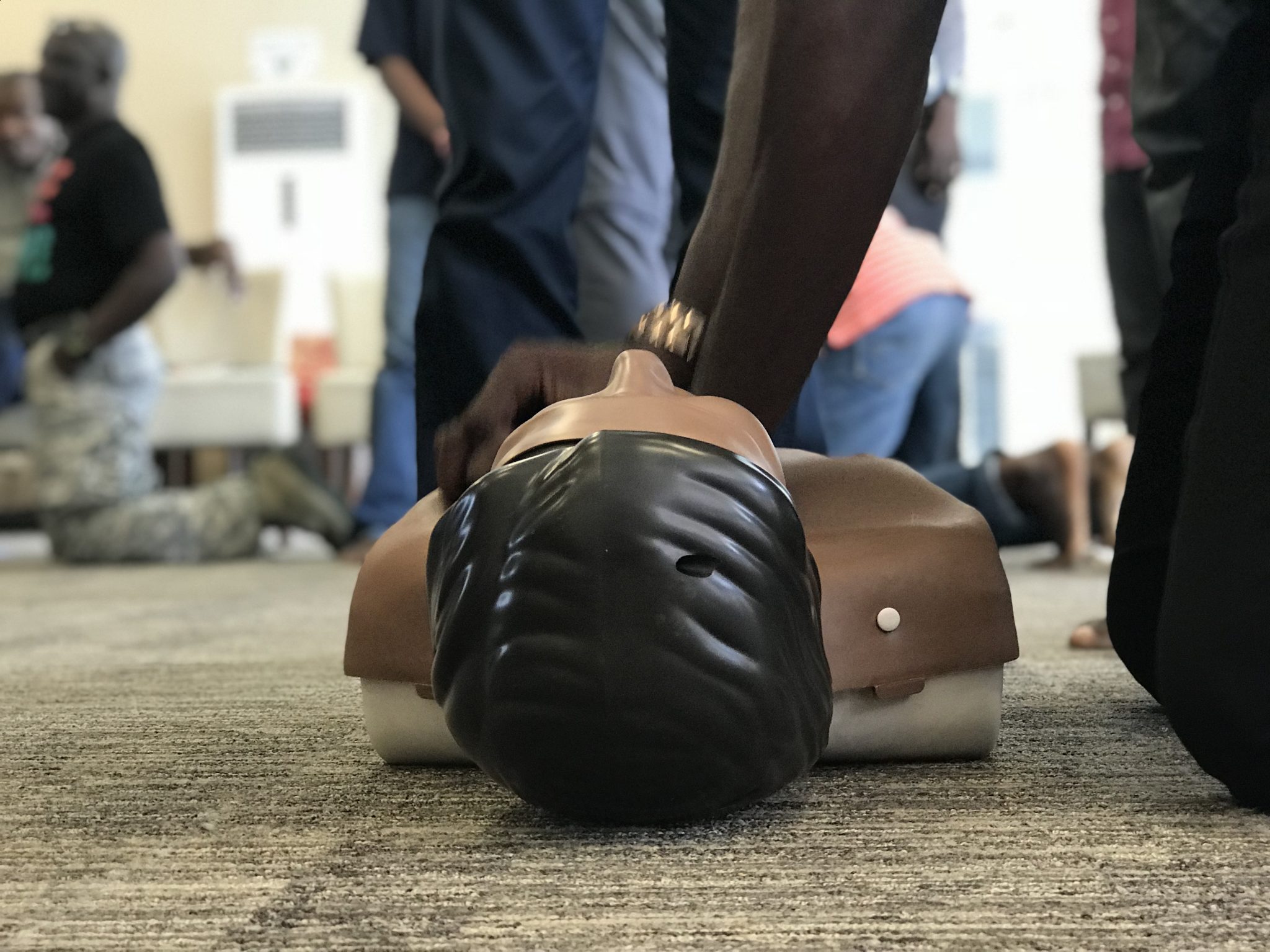Many first aiders are asking themselves: “should I change how I do CPR because of COVID 19?” So we have looked into this so we can give you an answer.
COVID 19 is not yet fully understood, and therefore it is creating a lot of fear and uncertainty. We are aware of the risk of transmission of the virus between people, but the picture isn’t yet clear. This has caused many first aiders and medical staff to be concerned about the possibility of transmission during CPR.
Medical professionals are concerned about “aerosol-generating procedures” where droplets, which could contain the virus, are expelled from the patient. In first aid, there are very few situations that could cause this, but one is Cardio-Pulmonary Resuscitation [CPR], often called “the kiss of life” or “mouth to mouth”.
The International Liaison Committee on Resuscitation [ILCOR] has issued guidelines recommending some changes to the way CPR is done on adults. We have the key areas covered below, but you can read the full guidelines here: https://www.ilcor.org/covid-19
Changes to CPR on adults
Being close to the patient’s mouth and nose might cause exposure to droplets containing the virus- therefore when checking for breathing in the casualty, do not place your face close to the patient’s.
We recommend looking at the patient and placing one hand on their abdomen to check for movement. We have made a video [below] covering all the points and demonstrating this technique.
Changes to CPR on adults [continued]
If the person is not obviously breathing you should call for help and start CPR. But DO NOT perform mouth to mouth, instead use “chest compression-only CPR”, this is demonstrated in the above video, but basically do compressions continuously at the rate of 100-120 per minute.
If possible cover the patient’s mouth and nose with a cloth or face shield to reduce the possible spread of droplets from their mouth and nose during the compressions.
CPR in children and infants
As a child or infant’s need is much more oxygen-based, it is recommended by the ILCOR that if a child or infant has stopped breathing, full CPR including mouth to mouth/nose should be performed.
The above information is based on the current understanding of the virus, and if things change I will update you further. Please feel free to share this information.

